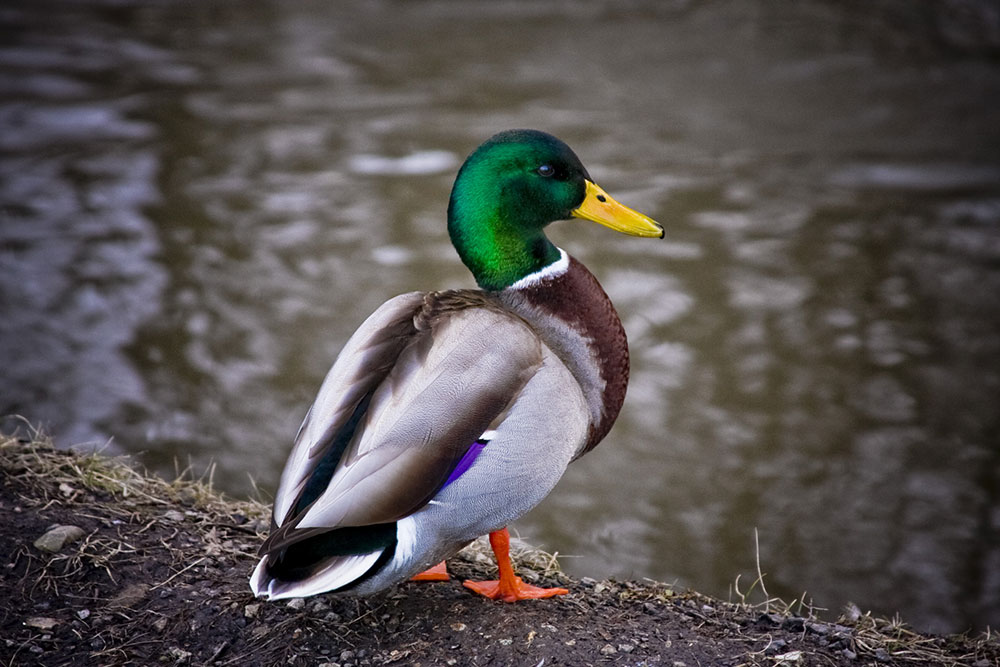The Green Duck is a fascinating bird that captures the interest of birdwatchers and nature enthusiasts alike. Known for its unique coloration and vibrant habitat, this species is not just another waterfowl; it plays a significant role in its ecosystem. In this article, we will delve into the characteristics, habitat, behavior, and conservation status of the Green Duck, providing a thorough understanding of this remarkable bird.
From its striking appearance to its social habits, the Green Duck is a subject of intrigue. We will explore various aspects of its life cycle and the challenges it faces in the wild. This comprehensive guide aims to inform readers about the importance of the Green Duck in biodiversity and its role within its environmental context.
Whether you're a seasoned birdwatcher or a casual nature lover, this article will provide valuable insights. Join us as we embark on a journey to discover everything there is to know about the Green Duck.
Table of Contents
- 1. Introduction to the Green Duck
- 2. Physical Characteristics
- 3. Habitat and Distribution
- 4. Behavior and Social Structure
- 5. Feeding Habits
- 6. Reproduction and Life Cycle
- 7. Conservation Status
- 8. Conclusion
1. Introduction to the Green Duck
The Green Duck, scientifically known as Anas platyrhynchos, is a species that has garnered attention for its distinctive green head and vibrant plumage. This bird is commonly found in both freshwater and saltwater habitats, making it a versatile species. With a diverse diet and a wide range of behaviors, the Green Duck is a key player in its ecosystem.
2. Physical Characteristics
The Green Duck is easily identifiable by its striking green head, which is a prominent feature of the male. Here are some key physical characteristics:
- Male: Bright green head, white neck ring, and chestnut-brown breast.
- Female: Mottled brown plumage with an orange bill.
- Size: Average length of 20-26 inches with a wingspan of 32-37 inches.
Color Variations
While the male Green Duck is known for its vibrant colors, females exhibit a more subdued palette, which helps them blend into their surroundings, especially during nesting season.
3. Habitat and Distribution
The Green Duck is widely distributed across various regions, primarily in North America and Europe. These birds favor wetlands, ponds, and marshes, where they find ample food sources and nesting areas.
Preferred Habitats
- Lakes and ponds
- Marshes and wetlands
- Coastal areas
4. Behavior and Social Structure
Green Ducks are social creatures that often form large flocks, especially during migration. Their social structure is complex and includes various interactions among members of the flock.
Flocking Behavior
During migration, Green Ducks travel in groups, which provides safety from predators and increases foraging efficiency. These flocks can sometimes number in the hundreds or even thousands.
5. Feeding Habits
The diet of the Green Duck is diverse and consists mainly of aquatic plants, insects, and small fish. They are dabbling ducks, which means they feed by tipping forward in the water while keeping their tails up.
Feeding Techniques
- Dabbling: Submerging their heads to reach underwater vegetation.
- Grazing: Feeding on grasses and seeds from the shore.
6. Reproduction and Life Cycle
Green Ducks typically breed in the spring, with males engaging in elaborate courtship displays to attract females. After mating, the female builds a nest close to water, laying an average of 8-12 eggs.
Incubation and Hatching
The incubation period lasts about 28 days, after which the ducklings hatch and are precocial, meaning they can swim and feed themselves shortly after birth.
7. Conservation Status
Currently, the Green Duck is not considered endangered, but habitat loss and pollution pose significant threats to their populations. Conservation efforts are essential to ensure their continued survival.
Threats to Their Habitat
- Urban development
- Agricultural expansion
- Climate change
8. Conclusion
In conclusion, the Green Duck is a remarkable species that plays a vital role in its ecosystem. Understanding its behaviors, habitat, and conservation needs is crucial for its preservation. We invite you to share your thoughts on this topic and engage with us by leaving a comment below or exploring more articles on our site.
By learning about the Green Duck, we can appreciate the beauty of nature and the importance of biodiversity. Let's work together to protect our avian friends and their habitats for future generations.



